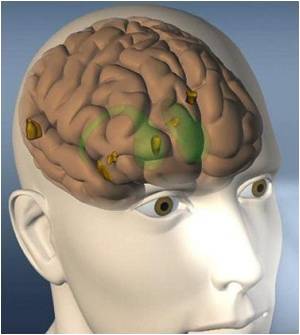
TCE has been previously linked to Parkinson's disease through prior research by University of Kentucky authors and others.
In the most recent paper, the authors demonstrated that in addition to TCE, increase in Parkinson's disease risk is also associated with exposure to percholorethylene (PERC) and carbon tetrachloride (CCI4).
The current epidemiological study, led by Drs. Samuel Goldman and Caroline Tanner of The Parkinson's Institute in Sunnyvale, Ca., investigated exposure to TCE, PERC and CCI4 as they related to risk of developing Parkinson's disease.
The team interviewed 99 twin pairs in which one twin had Parkinson's and one didn't, inquiring about lifetime occupations and hobbies.
While prior research has indicated a link between TCE exposure and Parkinson's disease, the current findings are the first to report a statistically significant association-a more than six-fold increased risk.
Advertisement
This study focused on occupational exposures, but the solvents under investigation are pervasive in the environment.
Advertisement
Occupational or environmental exposure to TCE, PERC and CCI4 is common due to the extensive use of the chemicals in dry-cleaning solutions, adhesives, paints, and carpet cleaners.
Despite the Food and Drug Administration (FDA) banning the use of TCE as a general anesthetic, skin disinfectant, and coffee decaffeinating agent in 1977, it is still widely used today as a degreasing agent.
The study has been recently published in the Annals of Neurology.
Source-ANI










